Amina Cain recommends 6 books that engage with other art forms
The author recommends works by Tove Jansson, Janice Lee, and more
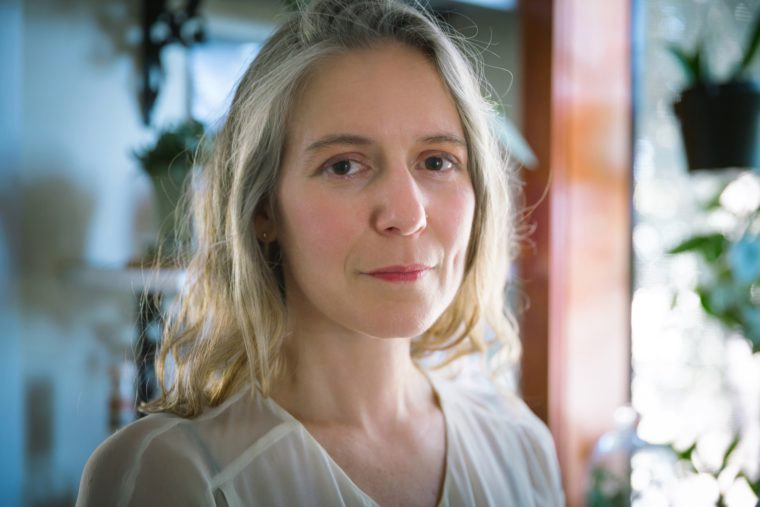
Amina Cain is an essayist and the author of the story collection Creature. Her first novel, Indelicacy — a supernatural tale about a cleaning woman with literary ambitions — inspired her to recommend these books that engage with other art forms.
The True Deceiver by Tove Jansson, translated by Thomas Teal (2009).

In the dead of winter in a Swedish village, a young woman attempts to take over the house of Anna Aemelin, an elderly children's book illustrator. The depiction of Anna's relationship to drawing is lovely, and the storytelling is incredibly visual, particularly in its descriptions of the snowy landscape.
The Week
Escape your echo chamber. Get the facts behind the news, plus analysis from multiple perspectives.

Sign up for The Week's Free Newsletters
From our morning news briefing to a weekly Good News Newsletter, get the best of The Week delivered directly to your inbox.
From our morning news briefing to a weekly Good News Newsletter, get the best of The Week delivered directly to your inbox.
Being Here Is Everything by Marie Darrieussecq, translated by Penny Hueston (2017).
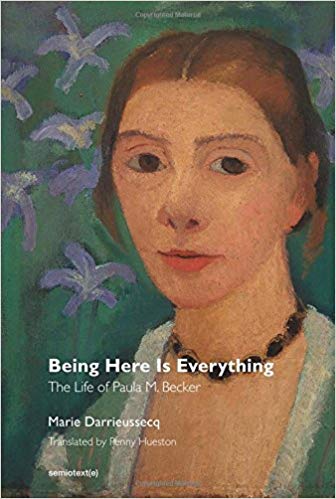
The life of German expressionist painter Paula Modersohn-Becker is the subject of this deeply absorbing book. While reading, I was aware of one artist meeting another, as Darrieussecq is no ordinary biographer, but a kindred spirit to Modersohn-Becker.
Calamities by Renee Gladman (2016).
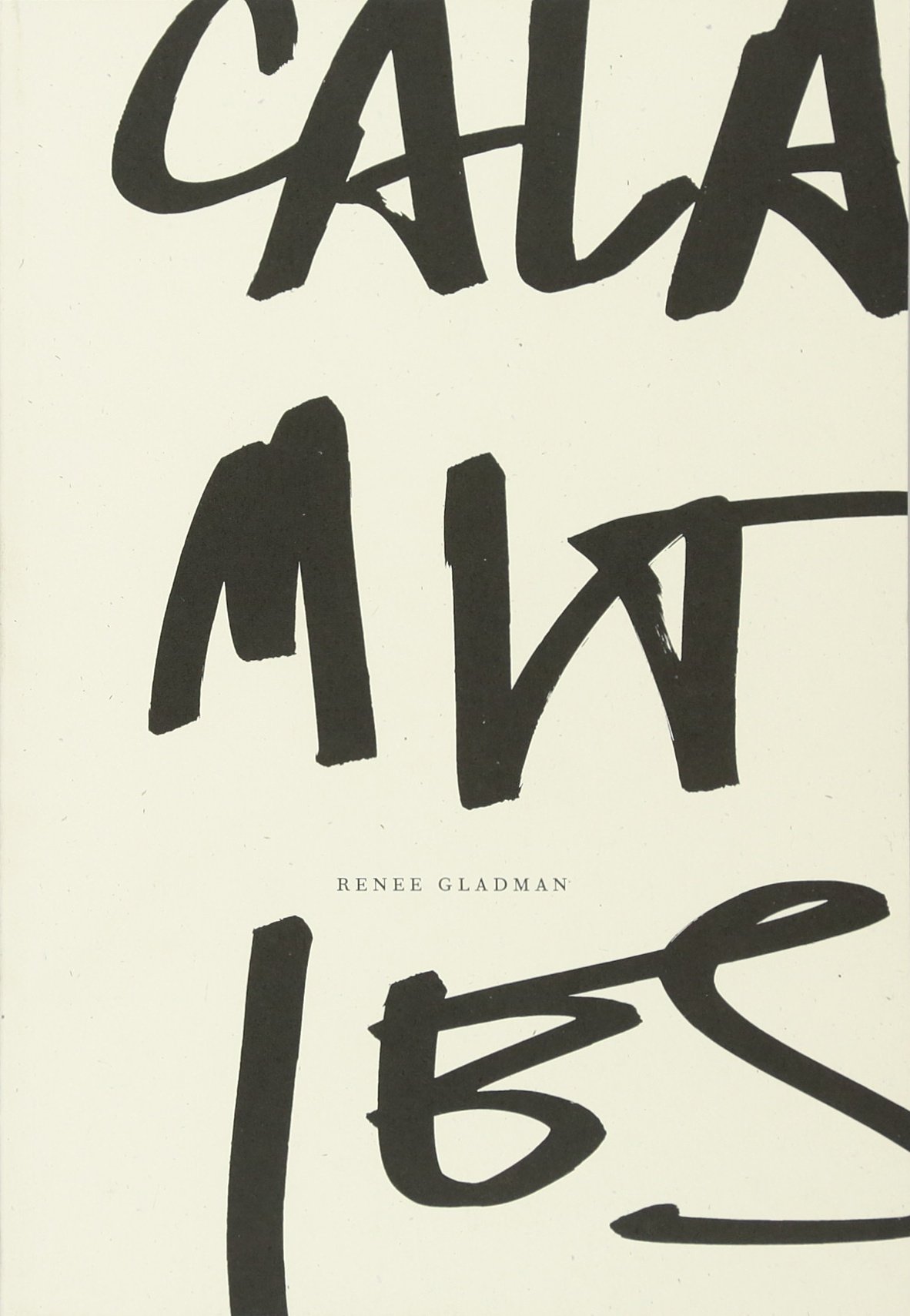
Gladman is a writer and an artist, and this work addresses both endeavors. In her hands, the sentence has much in common with the line, so that writing and drawing feel miraculously one and the same. The reading experience is like none I've had before; it helped me understand what drawing might feel like.
A free daily email with the biggest news stories of the day – and the best features from TheWeek.com
A Little Lumpen Novelita by Roberto Bolaño (2002).
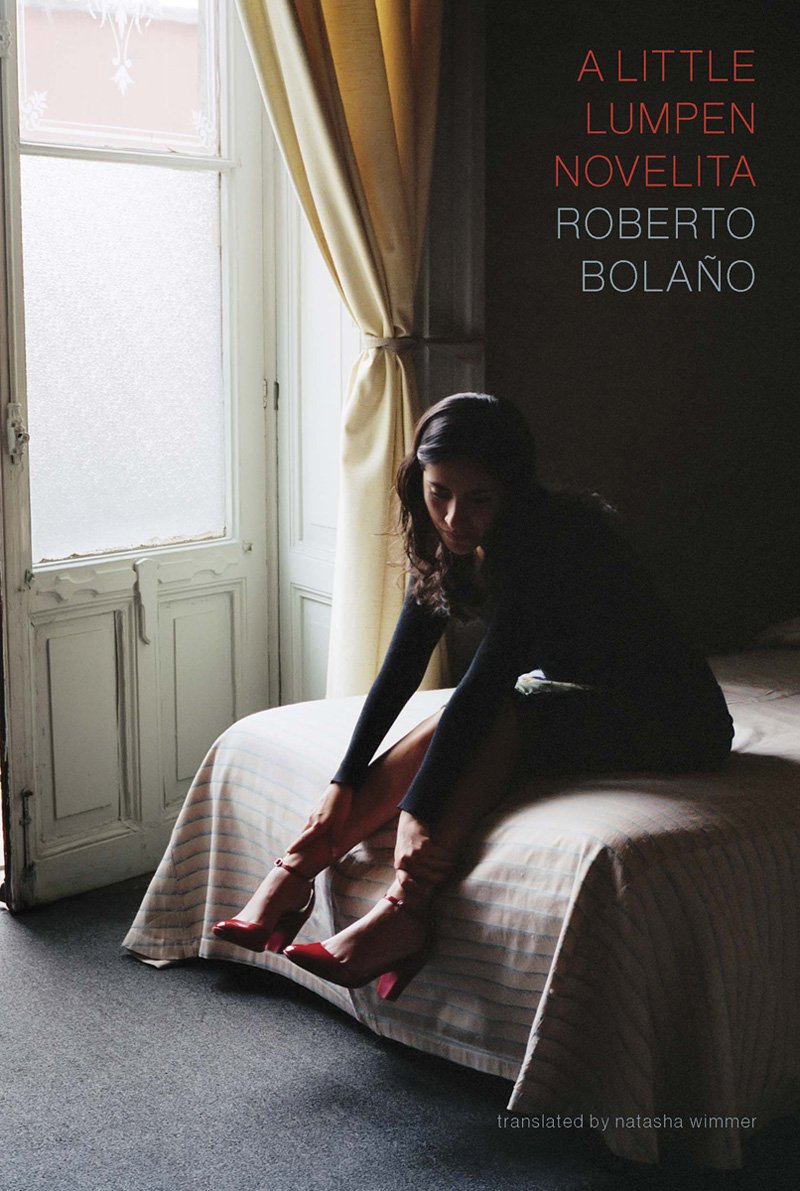
Though Bolaño's longer novels get more attention, this book is my favorite. After the parents of the narrator die in a car crash when she is just 15, her life changes in peculiar ways. The novel is full of striking, cinematic imagery, and it inspired Il Futuro, an incredible 2013 film adaptation by the Chilean filmmaker Alicia Scherson.
Damnation by Janice Lee (2013).
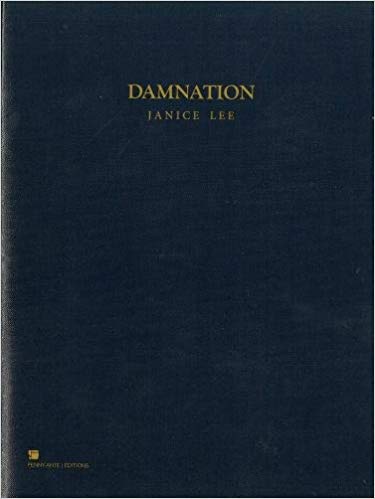
An intensely atmospheric book, Damnation was inspired by the films of Béla Tarr and the novels and screenplays of László Krasznahorkai. I was taken over by it completely, as Lee must have been taken over when she wrote it. Her ekphrasis has much to teach us about where film and writing might meet.
Fort Not by Emily Skillings (2017).
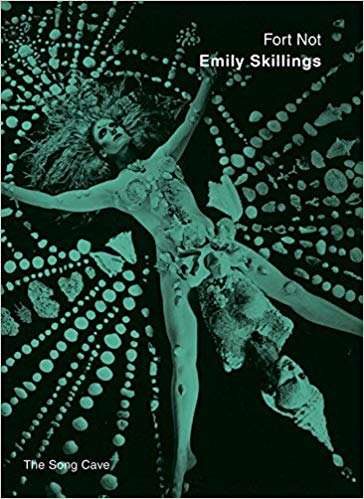
A mesmerizing book that takes up, among other things, the paintings of Bruegel and Jane Freilicher. Through a poem Skillings wrote that was commissioned for the New York City Ballet, I discovered that she trained in dance — which explains a lot, as her poems often feel as though they are taking place on a stage or unfolding in movements.
This article was first published in the latest issue of The Week magazine. If you want to read more like it, try the magazine for a month here.
-
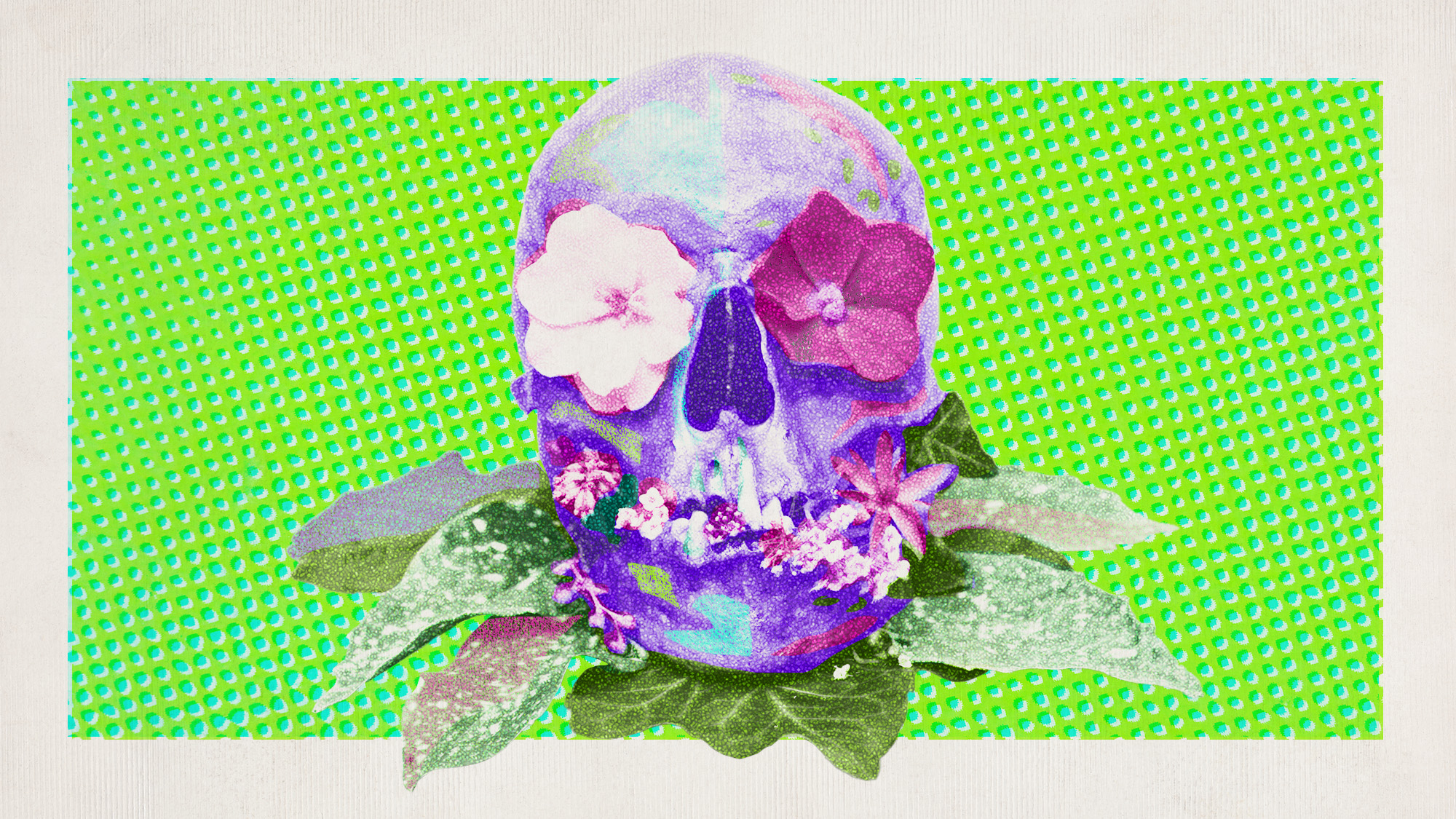 Are pesticides making florists sick?
Are pesticides making florists sick?Under the Radar Shop-bought bouquets hide a cocktail of chemicals
-
 Will Trump’s 10% credit card rate limit actually help consumers?
Will Trump’s 10% credit card rate limit actually help consumers?Today's Big Question Banks say they would pull back on credit
-
 3 smart financial habits to incorporate in 2026
3 smart financial habits to incorporate in 2026the explainer Make your money work for you, instead of the other way around